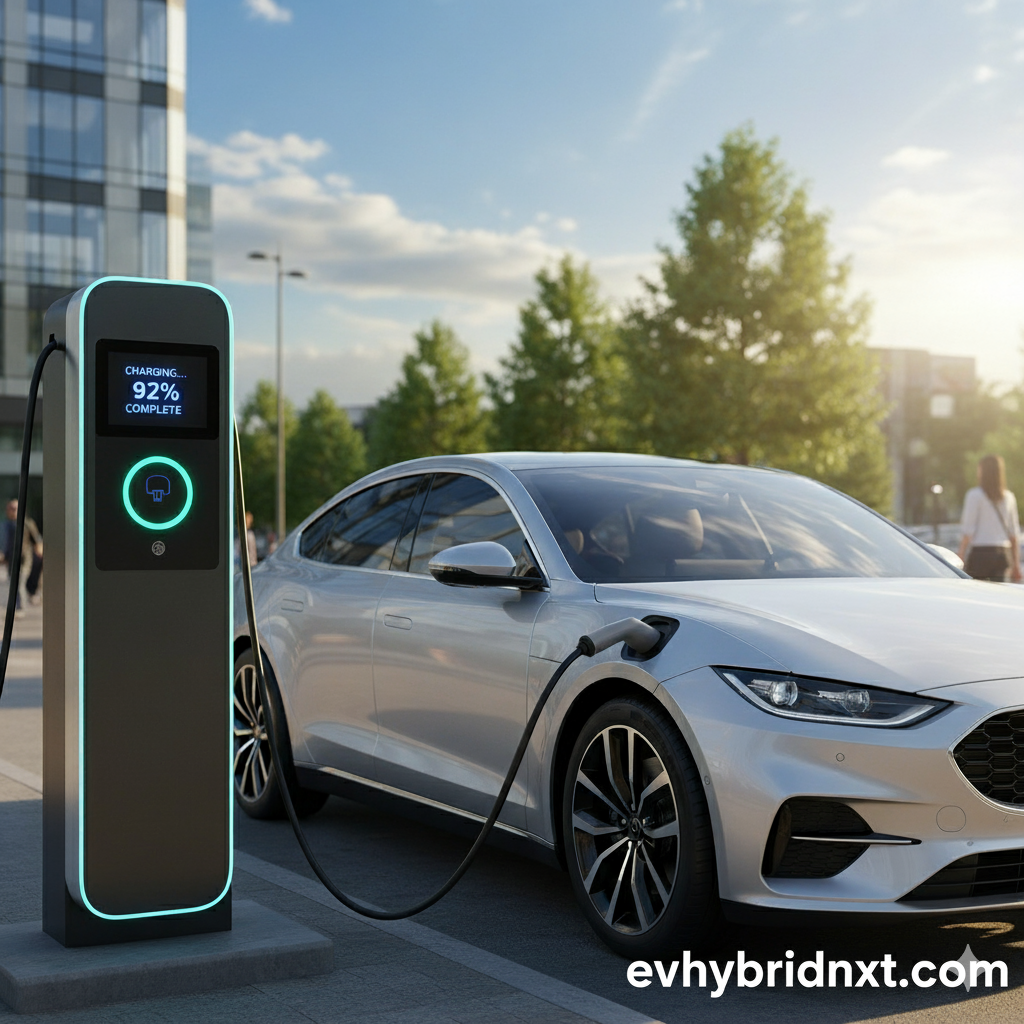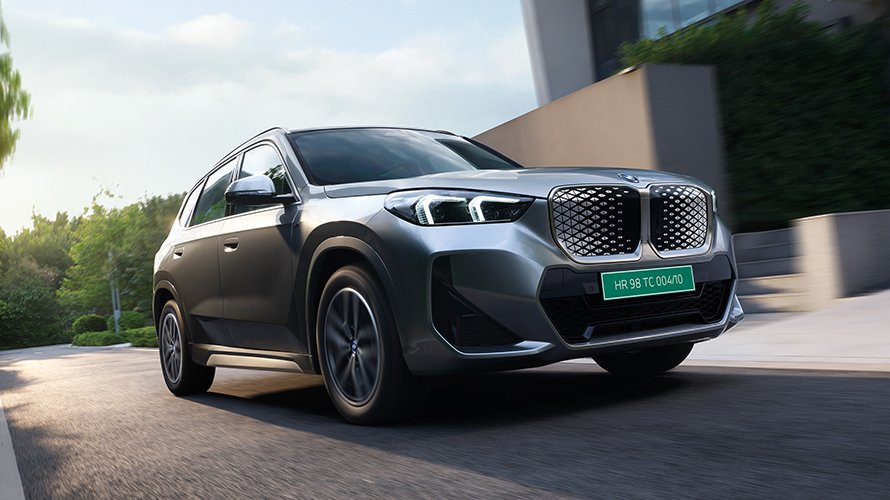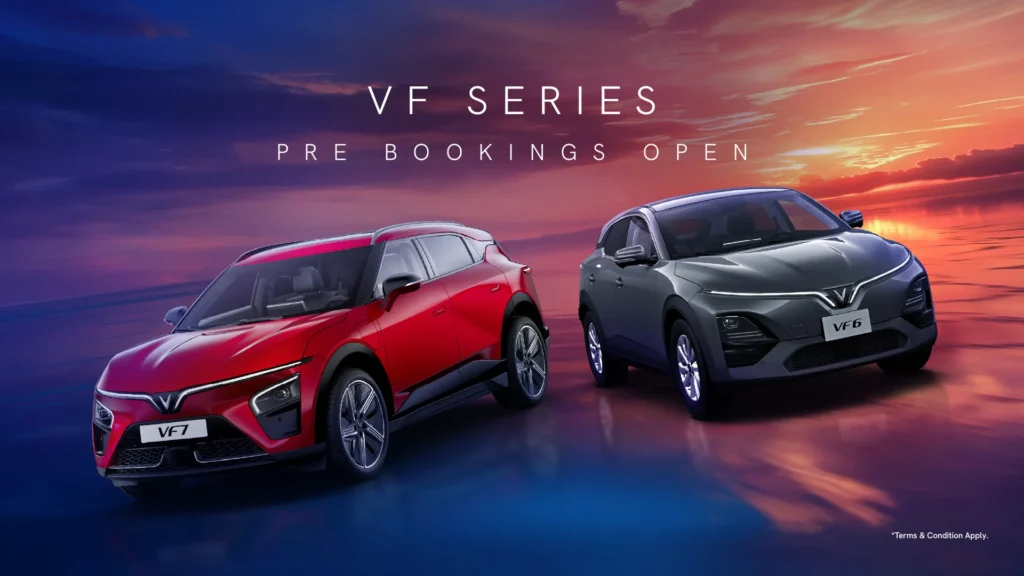In a significant leap for India’s electric vehicle (EV) ecosystem, the Indian Institute of Science (IISc) in Bengaluru announced a groundbreaking innovation on September 19, 2025: a transformer-free, multiport DC converter for EV charging stations that enhances efficiency and reduces energy losses. Developed by a team led by Associate Professor Kaushik Basu at IISc’s Department of Electrical Engineering, this technology—based on a cascaded H-bridge (CHB)-based multiport DC converter—eliminates the need for bulky transformers while enabling direct connection to medium-voltage AC grids. Published in the prestigious IEEE Transactions on Industrial Electronics, the study claims a 3-5% improvement in charging efficiency, a seemingly small gain with massive implications for energy savings and sustainability.This innovation not only addresses inefficiencies in current EV charging infrastructure but also opens doors for applications in renewable energy, grid stabilization, and beyond, positioning India as a potential leader in next-generation power electronics.
Revolutionizing EV Charging: How It Works
Traditional high-power EV chargers rely on complex, multi-stage power conversion systems that include heavy transformers to step down medium-voltage AC (typically 11-33kV) from the grid to levels suitable for vehicle batteries. These setups are bulky, expensive, and incur energy losses at each stage—often 5-10% in total efficiency. The IISc team’s CHB-based multiport DC converter simplifies this by directly interfacing with the grid, bypassing transformers entirely.The converter uses a modular cascaded H-bridge design, integrating multiple low-voltage DC ports to charge EVs or connect to local battery storage. Its bidirectional architecture allows energy to flow both ways: from the grid to the vehicle or storage, and back to the grid when needed. This eliminates intermediate conversion stages, reducing energy losses and improving efficiency by 3-5% compared to conventional systems.As Kaushik Basu told The Economic Times, “Today’s high-power chargers are complex, with multiple conversion stages between the grid, storage, and vehicle battery. Our invention simplifies this process.” He emphasized that even a modest efficiency gain translates to “substantial megawatt-scale energy savings” at scale, alongside reduced material costs and a smaller physical footprint.
Key Benefits for EV Charging and Beyond
The IISc’s converter offers a suite of advantages that could reshape EV infrastructure and related industries:
- Higher Efficiency and Cost Savings: The 3-5% efficiency boost may seem incremental, but in India’s fast-growing EV market—where sales crossed 1 million units in FY25 and charging demand is surging—this translates to gigawatt-hours of saved energy annually. For operators, this means lower electricity bills and reduced infrastructure costs due to the absence of transformers.
- Compact and Eco-Friendly Design: By eliminating bulky transformers, the converter reduces material usage (e.g., copper and iron), cutting manufacturing emissions and costs. Its compact size allows for sleeker, space-efficient charging stations, ideal for urban areas like Bengaluru or Delhi where land is at a premium.
- Bidirectional Energy Flow: The system’s ability to store energy in local batteries and feed it back to the grid during peak demand or outages is a game-changer. Charging stations could act as microgrids, stabilizing local power for critical facilities like hospitals or data centers during blackouts, especially in India’s outage-prone regions.
- Renewable Energy Integration: The design supports seamless integration with solar panels and other renewable sources, enabling charging stations to operate on clean energy. This aligns with India’s goal of 500GW renewable capacity by 2030 and could accelerate the adoption of solar-powered EV charging hubs.
- Versatile Applications: Beyond EVs, the technology is adaptable for wind energy systems, railway traction, and data centers—sectors where high-efficiency power conversion is critical. For instance, its use in railway electrification could enhance India’s push for sustainable transport networks.
Implications for India’s EV Ecosystem
India’s EV charging infrastructure is a bottleneck, with only 12,000 public chargers as of mid-2025 against a target of 100,000 by 2027. High installation costs and grid inefficiencies have slowed progress, particularly for fast-charging stations needed for long-range EVs. The IISc’s technology could address these pain points by reducing setup costs and energy waste, making charging networks more viable for private operators and government initiatives like FAME-III.The bidirectional feature is particularly relevant for India, where peak load management is critical. By enabling vehicle-to-grid (V2G) capabilities, charging stations could stabilize urban grids, especially in cities with high EV penetration like Bengaluru (projected to have 20% EV share by 2030). This could also support rural electrification by storing solar energy for off-grid use.Social media reactions on X reflect excitement, with users calling it a “massive step for India’s EV infra” and praising IISc for “tackling global challenges locally.” Industry experts on platforms like LinkedIn noted its potential to attract investment from global OEMs seeking efficient charging solutions.
Challenges and Path to Commercialization
While promising, the technology faces hurdles:
- Scalability: Transitioning from lab to mass production requires partnerships with charger manufacturers and OEMs. IISc must collaborate with companies like Tata Power or Delta Electronics to integrate the converter into real-world stations.
- Cost Barriers: Initial R&D and manufacturing costs could be high, though long-term savings from efficiency and reduced materials should offset this.
- Grid Compatibility: India’s medium-voltage grid varies regionally, requiring adaptations to ensure universal compatibility.
- Regulatory Support: FAME-III and state policies must incentivize such innovations to accelerate adoption.
A Global Benchmark from Bengaluru
The IISc’s transformer-free converter is a testament to India’s growing prowess in EV innovation, joining ranks with breakthroughs like Simple Energy’s rare earth-free motors. As India aims for 30% EV penetration by 2030, such technologies could reduce reliance on imported systems, cut costs, and enhance sustainability. Globally, it positions India as a hub for next-gen power electronics, potentially attracting partnerships with firms like Siemens or ABB.For Indian consumers, this could mean faster, cheaper, and greener EV charging, paving the way for broader adoption. As Basu aptly summarized, “This is about making EV charging smarter, simpler, and more sustainable for the future.” With Bengaluru at the heart of this innovation, India’s EV revolution just got a powerful charge.



